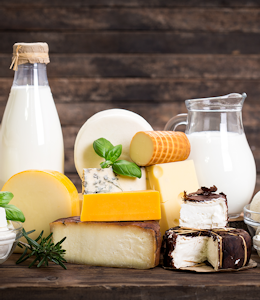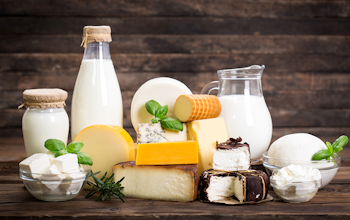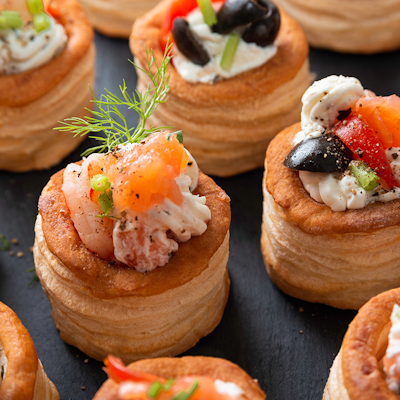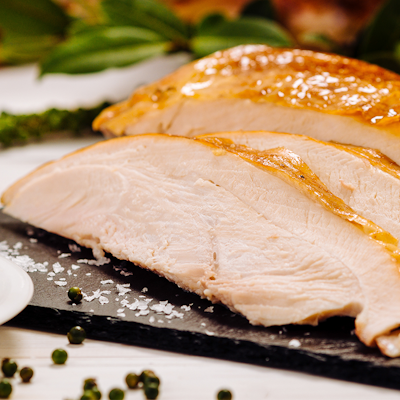Good wine and cheese pairings for every menu
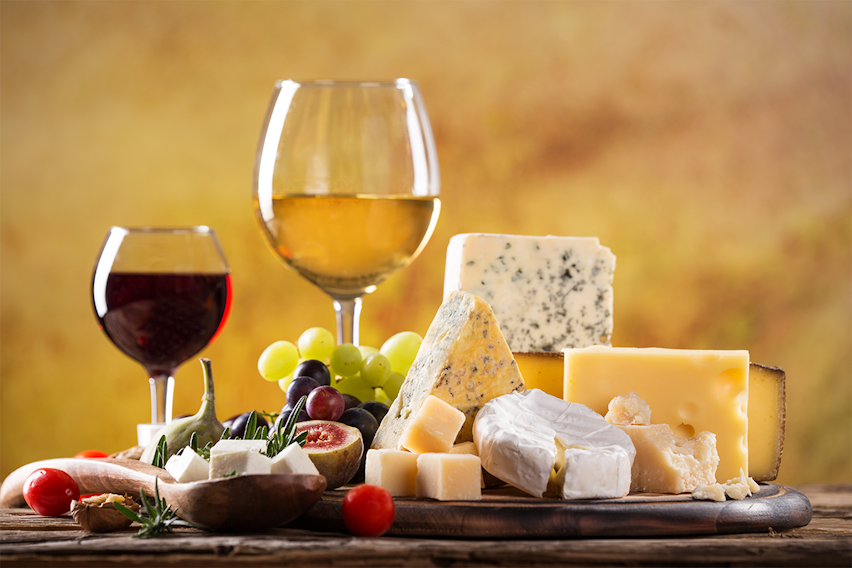
Classic wine and cheese pairings exist for a reason - cheese is one of the world’s most beloved foods, wine a globally popular drink and together they make for tastebud dynamite.
Cheese and wine pop up on menus everywhere - wine bars, pubs, fancy restaurants, rustic taverns and trattorias, and are a simple but effective way to up your snack and beverage offerings. But what’s the best camembert wine pairing? What white wine goes with cheddar cheese?
We’ve put together a list of the best and most iconic cheese and wine pairings so you can find out the answers to these (very important) questions.
Our list consists of:
- Camembert and Pinot Noir
- Cheddar and Cabernet Sauvignon
- Feta and Sauvignon Blanc
- Gouda and Bordeaux
- Halloumi and Provence rosé
- Mozzarella and Pinot Grigio
- Brie and Champagne
- Silton and Port
Now let’s find out more about these dynamic duos...
Camembert and Pinot Noir
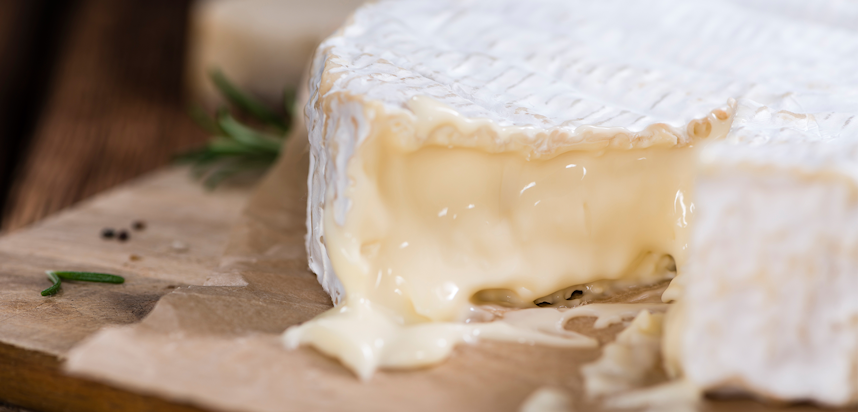
The best wine for camembert is Pinot Noir.
Camembert is named after the French town of Normandy it comes from and is a very creamy, surface-ripened soft cheese made from cow milk. It has a hardened but edible rind, and a slightly nutty flavour and buttery texture.
Whilst (like most cheeses) camembert does taste great with white wine it is often eaten baked to become thick and gooey - making it a cosy meal for a cold winter’s night, and ideal to be washed down with red wine.
Pinot Noir is a red wine, originating from the Burgundy region in France, and best served at around 14-15 degrees Celsius. Like white wines, Pinot Noir is light-bodied and low in tannins. This gives it a refreshing taste which pairs well with the soft and pale cheese whilst being acidic enough to cut through the richness. Pinot Noir also has fruit as its main flavour profile - especially strawberries, red cherries and raspberries, and fruit flavours compliment the creamy cheese.
Camember also works with: Chardonnay, Champagne

What are tannins?
A wine’s tannins come from the sin and stems of the grapes used to make it. Whilst they also relate to health benefits, they are mostly associated with taste - the more tannins a wine has the heavier, more complex (and sometimes dry or bitter) the flavour is. Red wines, especially younger ones, tend to have the most tannins.
Cheddar and Cabernet Sauvignon
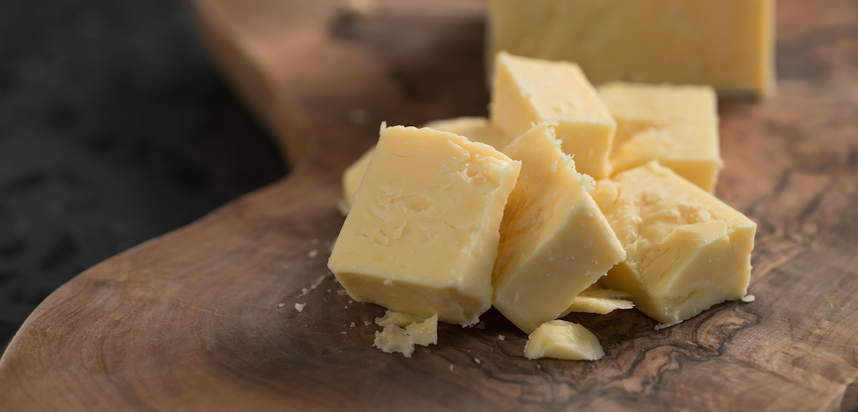
The best wine for cheddar is Cabernet Sauvignon.
Cheddar is arguably the UK’s most famous cheese, and originates from the Southwest region of Somerset - specifically the town of Cheddar. It is a hard, yellow or off-white cheese with a tangy flavour that ranges from mild in young cheddar to strong in extra mature cheddar.
Cheddar is used for everything from sandwiches to cheese boards and burger toppings, with extra mature generally seen as the most desirable. Because of this, it needs a wine that can pack the same flavour punch and a full-bodied, fruity Cabernet Sauvignon is ideal. Though this wine is produced all over the world, the Cabernet Sauvignon grape is native to Europe and is particularly associated with the Bordeaux region of France. It has an intensely fruity flavour with undertones of herbs, which give it a dryness that compliments the fattiness of cheddar. When selecting a Cabernet Sauvignon, it’s better to go for a bottle that is a couple of years old so that any bitterness from the tannins has mellowed.
Cheddar also works with: Riesling, Shiraz
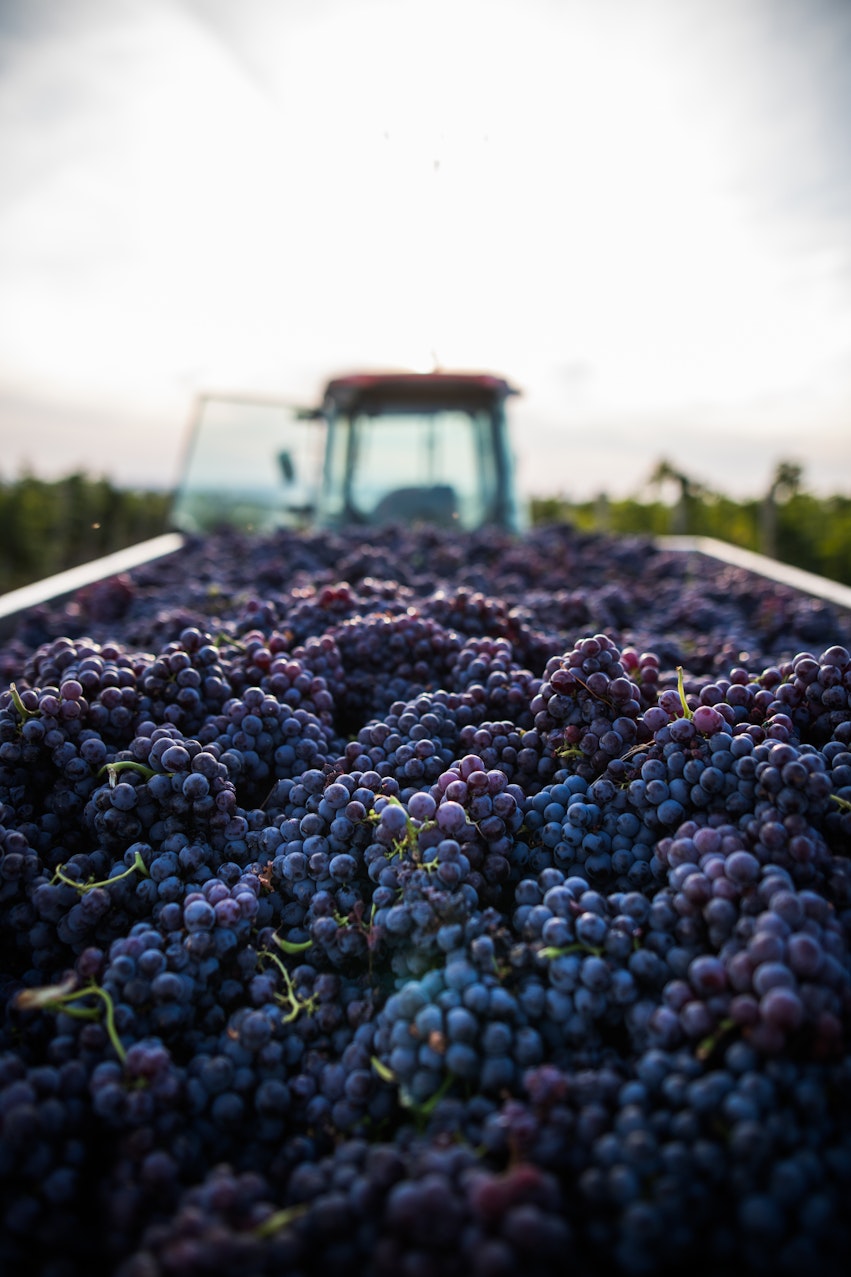
What is wine?
Wine is an alcoholic beverage made by fermenting fruit - most commonly grapes. The process involves using yeast to break down the sugars in the grapes to create carbon dioxide and ethanol (the alcohol). The different grapes or fruit and yeast used give different wines their different flavours.
Feta and Sauvignon Blanc
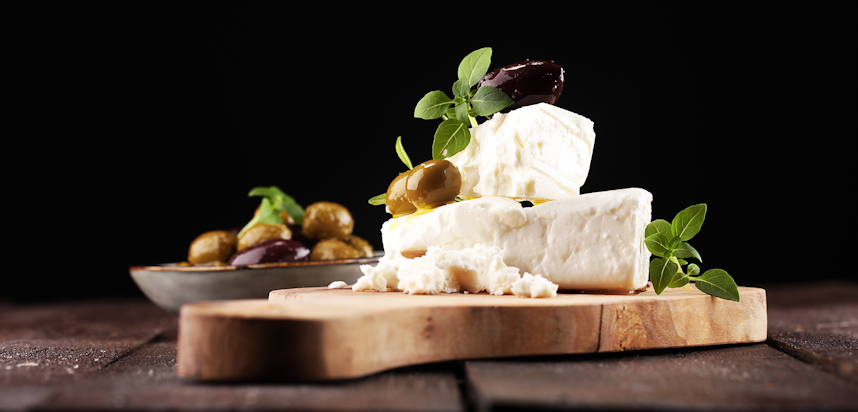
The best wine for feta is Sauvignon Blanc.
Feta, an ingredient in many popular salads and light summer meals, is a salty and crumbly cheese made with sheep’s milk, cow’s milk or (most commonly) a mix of the 2. It is soft-brined, full of tiny holes and originates from Greece. Naturally this means Greek white wines are a great fit for feta, but if you’re finding it difficult to find one go for a classic Sauvignon Blanc.
Sauvignon Blanc wine is made with the green Sauvignon Blanc grape native to the Bordeaux region of France (where many wines are produced) but is grown all around the world, with some of the most popular varieties coming from the likes of New Zealand. It has a heady, grassy flavour with herbal and citrus notes. It’s this brightness and acidity that compliments the saltiness of feta, and both the cheese and the wine have a creaminess that makes this one smooth pairing.

Feta also work with: Assyrtiko, Moschofilero
Does cheese contain any allergens?
Yes, cheese is made from Milk - one of the 14 major food allergens, and coagulant.
Gouda and Bordeaux
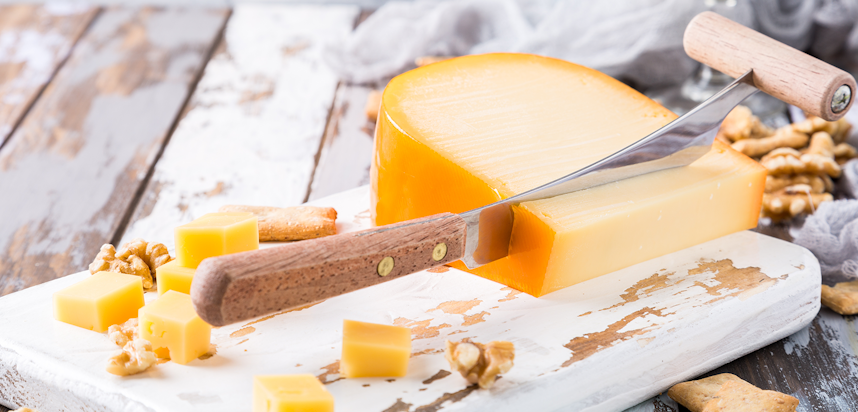
The best wine for gouda is a Bordeaux.
One of the Netherlands’ most popular exports, gouda is sweet, smooth semi-soft cheese made with cow’s milk. It is yellow in colour and has a light flavour that some people liken to caramel. As versatile cheese that can be used in sandwiches and on cheese boards, as well as melted in pasta bakes, fondue and soups, it makes sense that its best wine pairing is an equally versatile, easy to drink wine.
The name Bordeaux is a cover-all for wines produced in that French region, and much like gouda can have different flavour profiles depending on its age, Bordeaux wines can have different flavour profiles depending on the grape or grapes used to make it. Most Bordeaux wines are red, and made with the Merlot, Cabernet Sauvignon or Cabernet Franc grapes, giving them medium body and fruitiness that goes well with the mild nuttiness of gouda.
Gouda also works with: Rioja, Syrah
What is cheese?
Cheese is a versatile dairy food made from the milk of cows, sheep, goats and buffalo. High in fat and protein, and low in carbohydrates, it is produced using the coagulation of casein, the milk protein. Cheese can be eaten raw or melted, on its own or as an ingredient in various dishes and comes in many flavours and textures.
Halloumi and Provence Rosé
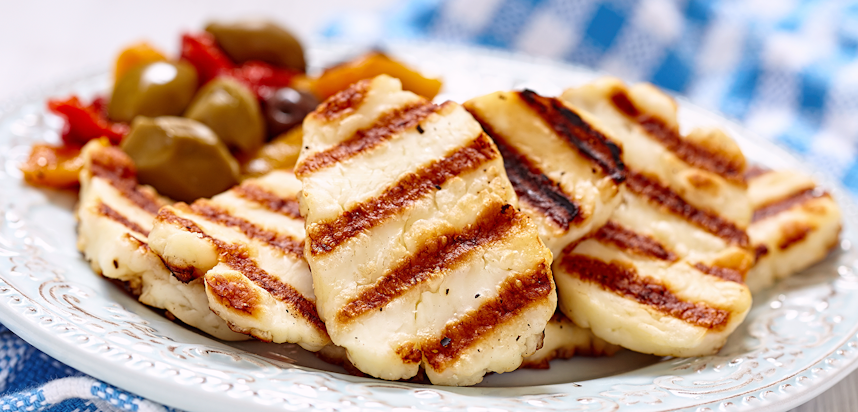

The best wine for halloumi is Provence rosé.
The past decade has seen halloumi boom in popularity - contemporary menus are bursting with halloumi fries, halloumi burgers and halloumi salads. Famous for its saltiness and “squeaky” texture, halloumi is a traditional Cypriot cheese (made with a combination of sheep’s and goat’s milk) that is most commonly eaten grilled - because of its high melting point.
Halloumi’s salty taste is perfectly set off by a dry rosé such as Provence. Provence rosé is one of the oldest known French wines, and comes from its namesake region. It is pale pink in colour, and with just enough notes of strawberry and watermelon to taste slightly fruity but remain dry. Aside from being salty, halloumi is not a strongly flavoured cheese, so the delicate profile of Provence rosé is ideal in not overpowering it.
Halloumi also works with: Prosecco, Zinfandel
What is rose wine?
Rosé is a type of wine that can range from pale pink to deep reddish pink in colour. It is the oldest known wine, which is probably down to the fact that it was primitively the simplest to make (skin contact method). It is made using red wine grapes, but the skins are fermented for less time than with red wine, making the wine lighter in both flavour and colour than red wine.
Mozzarella and Pinot Grigio
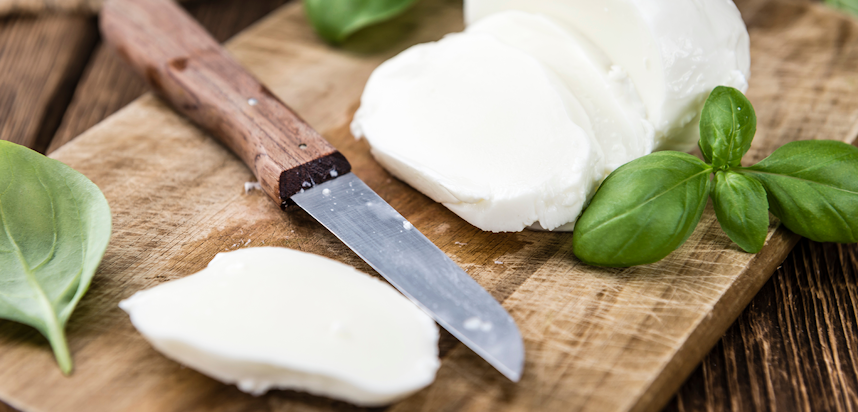
The best wine for mozzarella is Pinot Grigio.
Probably the world’s most popular cheese, mozzarella is a Southern Italian curd-cheese that is eaten raw in salads, starters and sandwiches and melted or semi-melted in pasta dishes, on pizzas, toasties, paninis and fried foods.
Made using buffalo milk and a process known as the “pasta filata” method, mozzarella is a pale, subtle-flavoured cheese with a rubbery texture. Such a mild cheese works best with a light, clean white wine such as Pinot Grigio.
Pinot Grigio is a dry white wine which is actually derived from a black grape - it’s made using a mutation of the Pinot Noir vine. It is light-bodied, fresh and fruity which acts as a foil to the slightly, sour lactic taste of mozzarella. Additionally, pinot grigio is best served very cold, to enhance its refreshing taste, making it the idea accompaniment to fresh mozzarella - a favourite in summery dishes.
Mozzarella also works with: Chablis, Prosecco
What’s the difference between white wine and red wine?
The difference between red wine and red wine is the type of grape used and what is done with the grape skin. White wine is generally made using white grapes, with the skin of the grape being removed before the fermentation process begins. Red wine is made from black or red grapes, the skin of which remains on during fermentation.
Brie and Champagne
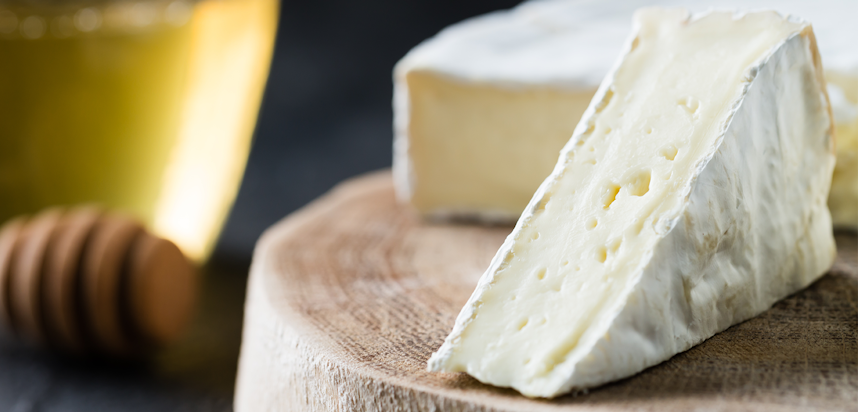
The best wine for brie is Champagne.
Brie - a cheese board favourite - is named after Brie, a historic region of Northern France. It is generally made from cow’s milk, and is a relatively mild, soft cheese with a creamy texture and layered flavour that is both nutty and sweet.

These qualities mean it is complemented by more acidic, lighter-bodied wines that can cut through the fattiness of the brie. Champagne, as a sparkling wine usually made with pinot noir, pinot meunier and chardonnay grapes, fits this bill. The production of Champagne is highly regimented, with specific production methods and only the use of grapes from certain places in the Champagne region allowed.
Champagne has the added advantage of fizz, which contrasts the texture of the cheese and also acts as a palate cleanser to the richness. Young brie is subtle and also brings out the delicate fruitiness of Champagne, but it's worth noting that an aged brie will be much stronger in flavour and probably require a more robust wine.
Brie also works with: Chenin Blanc, Beaujolais
Is wine vegan?
Some wine is vegan and some wine is not. Some methods of producing wine involve products that are animal products or derived from animal products, but many wine Manufacturers opt not to use these methods. The rise in veganism of the past decade means that many producers are choosing to indicate whether their wine is suitable for vegans or not on the label.
Stilton and Port
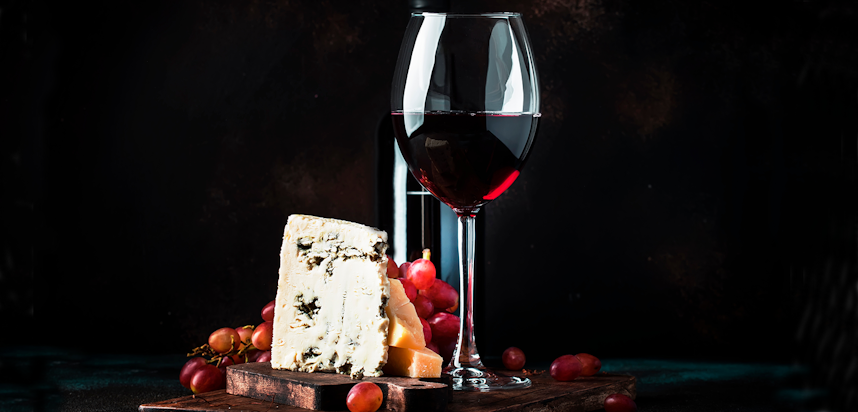
The best wine for stilton is Port.
This is a much revered and classic combination that appears on many upmarket menus, and with good reason - both the cheese and wine boast strong flavours and textures that might overpower other pairings but not each other.
Stilton is a blue cheese named after the Huntingdonshire (England) village of the same name. Like all blue cheeses it is semi-soft and pungent, with a sharp and strong flavour that comes from the blue or green veins running through it - these are because it is made using Penicillium, an edible mould. Stilton is the richest of all blue cheeses, because it is high in fat and low in water and salt, which means it needs equally powerful flavours in a pairing wine.
Port is a fortified wine from Portugal, and is usually drank as a digestif or dessert wine. Fortified wine is so named because it is made with additional distilled grape spirits and is fermented for longer, resulting in more sugar and alcohol than would be found in a non-fortified wine. This means it has a rich, sweet flavour and thick, sticky texture that contrast and complement the sharp, pungent stilton.
Stilton also works with: Sherry, Malbec
Is cheese vegan?
No cheese is not vegan. Cheese is made with animal milk.
Does wine contain any allergens?
Most wines contain Sulphites (Sulphur Dioxide), which is one of the 14 major food allergens. This is because of the use of yeast in the fermentation process.
However, some wines contain such a small amount of Sulphites that they are not considered to contain the allergen. Since Sulphites is a major allergen it is best for those with the allergy to check the label to be sure.
You may also be interested in…
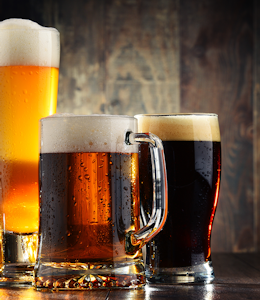
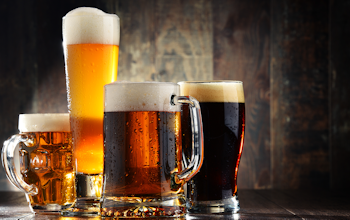
You may also be interested in…




